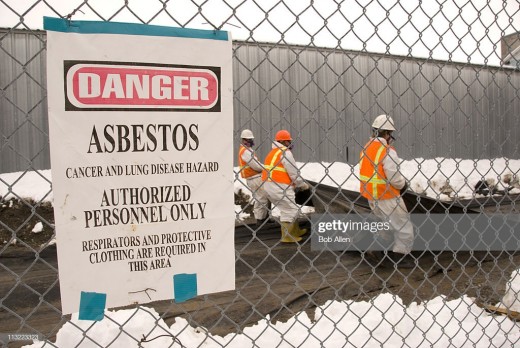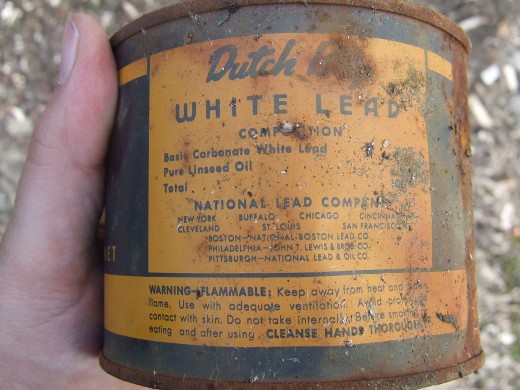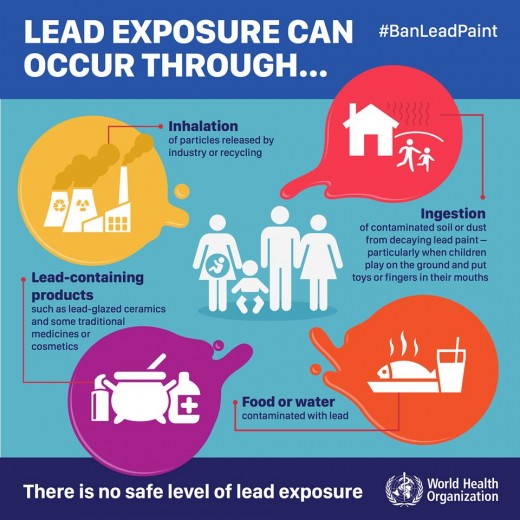Asbestos Dangers
Asbestos Regulations
Asbestos is a natural mineral used in building materials and insulation until the early 1990s. It's linked to several diseases, including mesothelioma, lung cancer, and asbestosis.
The United States Environmental Protection Agency (EPA) has set regulations for asbestos in public buildings. These regulations apply to schools, government buildings, and other public structures built before 1990. The EPA recommends testing for asbestos when these buildings are renovated or demolished.

Lead Paint Dangers
Lead paint is a type of paint that contains a toxic substance called Lead and is used to cover surfaces such as walls and windows. Lead is a substance that can cause many health problems, including mental retardation and learning disabilities.
Lead was banned in 1978 but found on surfaces such as old furniture or toys from the past and detected in older buildings and homes used for decoration or repair work.
The Romans discovered Lead and used it for their water pipes and lining their aqueducts to prevent them from corroding.
Lead poisoning is collected in the body when one ingests or breathes it in. Lead poisoning can affect the body and is associated with brain and kidney damage.
The following are some symptoms of lead poisoning:
-Headache
-Nausea and vomiting
-Constipation
-Loss of appetite
-Irritability and mood swings

Lead Poisoning
Lead paint is a danger to children because it can affect their brain development and cause behavioural problems.
Lead paint is not just a problem in the U.S. but also in developing countries with millions of homes with lead paint on the walls.
The dangers of lead paint are not just limited to kids but also affect adults who work with it daily, such as construction workers and painters.
What are the dangers of Asbestos?
- All types of asbestos fibers are known to cause serious health hazards in humans.
- "Amosite and crocidolite" are the most hazardous asbestos fiber types, ''chrysotile'' has caused tumors in animals and is known to cause asbestosis and malignant mesothelioma in humans.
- People who were occupationally exposed to chrysotile are known to develop mesothelioma which is a type of cancer that develops from the thin layer of tissue that covers many of the internal organs.
- The lining of the lung and chest are the most commonly affected areas.
- The lining of the abdomen and rarely the sac surrounding the heart are the least affected.







